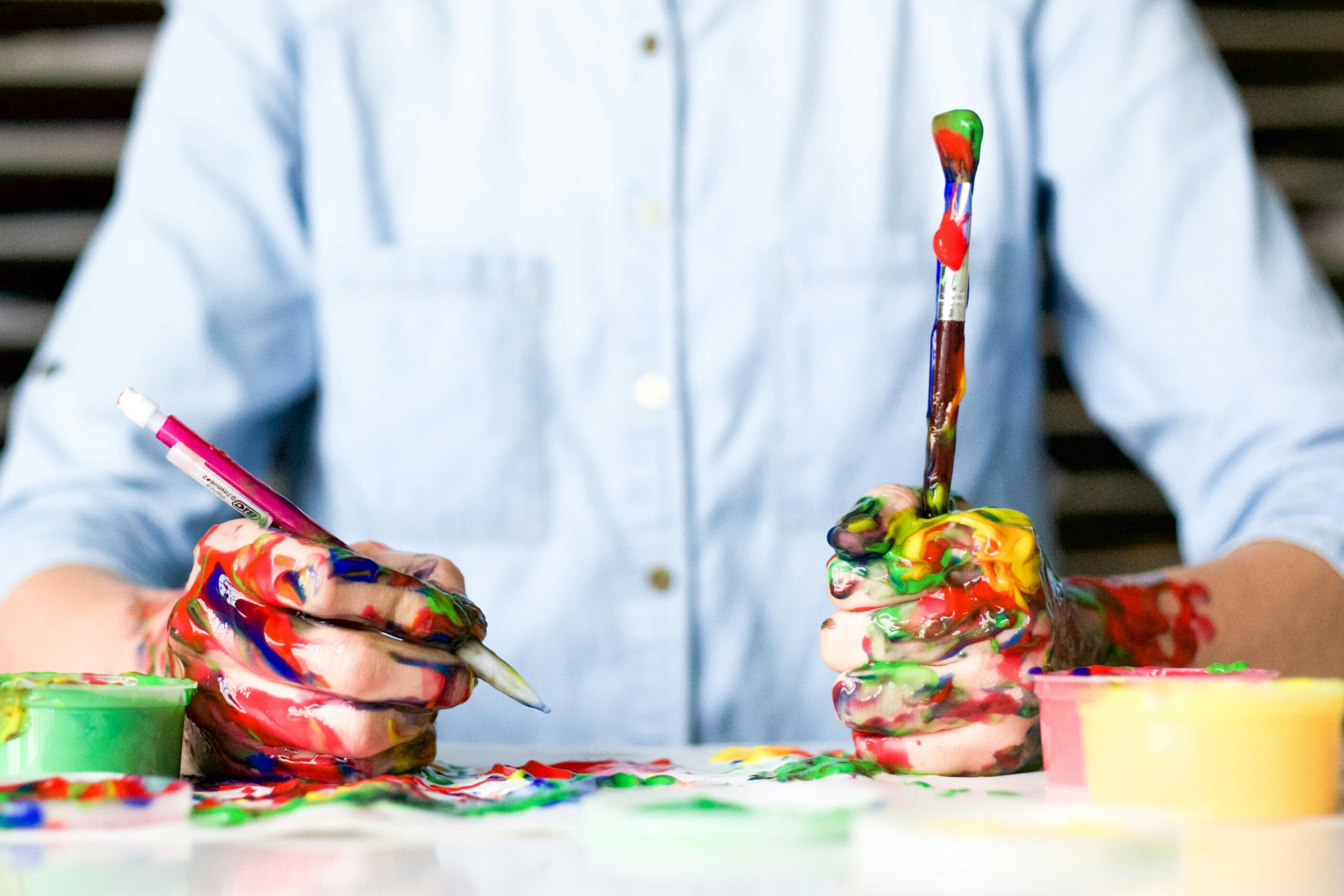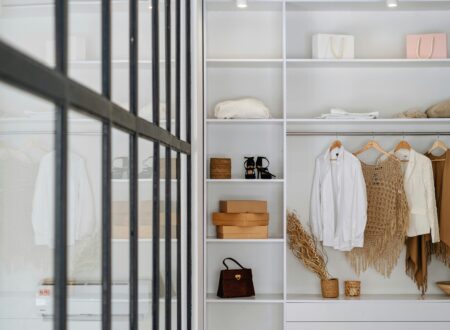Design is everywhere. It shapes our environments, influences our moods, and even dictates how we interact with the world around us. From the sleek lines of a modern chair to the user-friendly interface of an app on your phone, design plays a crucial role in both aesthetics and functionality. But what exactly constitutes good design? Is it merely about making things look appealing, or does it encompass something deeper—an interplay between creativity and purpose?
As we dive into the art of design, we’ll explore its rich history and evolution while examining how creativity fuels innovation. We’ll balance aesthetics against practicality to uncover why some designs stand out more than others. With technology constantly evolving at breakneck speed, it’s shaping not just what we create but also how we think about design itself.
Join us as we navigate through iconic examples that exemplify successful designs and peek into future trends that promise to redefine this ever-changing field. Whether you’re a seasoned designer or simply someone who appreciates clever craftsmanship, there’s much to discover at this intersection of creativity and functionality.
The Definition of Design and its Purpose
Design can be defined as a thoughtful arrangement of elements to solve problems or enhance experiences. It transcends mere aesthetics, delving into the realm of intention and functionality.
At its core, design serves various purposes. It aims to improve usability, ensuring that products are intuitive and accessible. Good design simplifies complex ideas, making them easier for people to understand and engage with.
Moreover, it evokes emotions and enhances our environments. A well-designed space can inspire creativity or provide comfort.
In essence, design is not just about how things look; it’s about how they work in harmony with human needs. It’s an intricate dance between form and function—a blend that ultimately shapes our interactions with the world around us.
The Evolution of Design Throughout History
Design has transformed significantly through the ages, shaped by cultural shifts, technological advancements, and societal needs.
In ancient times, design focused on functionality. Tools were crafted for survival while structures prioritized durability and practicality. As civilizations advanced, aesthetics began to play a more prominent role.
The Renaissance marked a turning point. Art and science collided, giving birth to masterpieces that combined beauty with purpose. This era celebrated proportion and symmetry in architecture and art.
Fast forward to the Industrial Revolution; mass production changed everything. Design became accessible but often at the cost of individuality.
Today’s landscape reflects a fusion of past principles with modern innovation. Sustainability is now at the forefront as designers tackle environmental challenges while pushing creative boundaries.
This ongoing evolution highlights humanity’s adaptability and desire for improvement in both form and function throughout history.
The Role of Creativity in Design
Creativity is the heartbeat of design. It breathes life into ideas, transforming them into tangible realities. Without creativity, designs become mundane and forgettable.
At its core, creativity allows designers to push boundaries. They explore new concepts and challenge traditional norms. This sparks innovation and invites fresh perspectives.
In every project, creative thinking fuels problem-solving. Designers often face constraints—whether budgetary or functional—but it’s through inventive solutions that they shine. Those unique approaches can elevate a simple product to iconic status.
Moreover, creativity fosters emotional connections between users and designs. A well-crafted piece resonates on a personal level, making experiences more meaningful.
The interplay of imagination with practicality creates magic in design. It’s this synergy that leads to striking visuals combined with seamless usability—a true hallmark of great work in the field.
Balancing Aesthetics and Functionality in Design
Striking the right balance between aesthetics and functionality is a challenge every designer faces. Beauty should not come at the expense of usability. A visually stunning piece can fall flat if it doesn’t serve its intended purpose.
Functionality, on the other hand, shouldn’t be dull or uninspired. Designs that are purely utilitarian often lack charm and fail to engage users emotionally.
The best designs harmonize these elements seamlessly. Think about iconic products like the iPhone—sleek and elegant yet incredibly intuitive in use.
Designers must consider their audience’s needs while embracing creativity. This delicate dance influences everything from architecture to graphic design, ensuring that each creation resonates on multiple levels.
Prioritizing one over the other leads to missed opportunities for innovation. The intersection where beauty meets practicality creates unforgettable experiences for users across various platforms.
Examples of Successful Designs
One remarkable example of successful design is the iPhone. It seamlessly blends sleek aesthetics with user-friendly functionality, revolutionizing mobile technology. Its minimalist interface and intuitive controls have set a standard in the industry.
Another standout is IKEA’s furniture. Each piece combines practicality with modern style, catering to diverse tastes while maximizing space efficiency. Their flat-pack shipping model also reflects innovative thinking in logistics and consumer convenience.
Consider the iconic Eames Lounge Chair as well. This masterpiece marries comfort with timeless elegance, showcasing how thoughtful design can elevate everyday experiences.
On a more recent note, Tesla’s vehicles exemplify forward-thinking design that prioritizes sustainability without sacrificing luxury or performance.
These examples illustrate how effective designs can resonate emotionally while serving practical purposes across various fields.
How Technology is Changing the Landscape of Design
Technology is reshaping design in ways we once only imagined. With tools like 3D printing and augmented reality, designers can visualize ideas more clearly than ever before. Prototyping has become faster, enabling real-time adjustments.
Digital platforms have democratized access to design resources. Software solutions allow even beginners to create stunning visuals that were previously reserved for professionals. This shift empowers a new generation of creators.
Collaboration has also transformed through technology. Designers across the globe can work together seamlessly using cloud-based applications. Ideas flow freely, leading to innovative outcomes.
Moreover, artificial intelligence is beginning to influence creative processes by generating unique patterns or suggesting improvements based on user behavior.
As technology evolves, so does our understanding of what design can achieve—pushing boundaries and inviting fresh perspectives into every project.
The Future of Design: Trends to Watch Out For
As we look ahead, the design landscape is shifting rapidly. Sustainability will take center stage. Designers are increasingly focused on eco-friendly materials and practices that reduce waste.
Bold colors and playful typography are making a comeback. This trend embraces individualism, allowing brands to express their unique identities openly.
The integration of augmented reality (AR) in design is another fascinating development. It offers immersive experiences that merge digital with physical spaces, captivating users like never before.
Inclusivity in design is essential now more than ever. Creating accessible products for all demographics not only broadens reach but also enriches user experience.
Minimalism continues to evolve into “maximalism.” Combining various textures and patterns creates visually rich environments that spark emotion and engagement.
These trends illustrate how dynamic the world of design can be as it adapts to societal changes and technological advancements.
Conclusion
Design is a multifaceted discipline that constantly evolves, influenced by societal needs and technological advancements. It marries creativity with functionality in a dance that shapes our daily experiences. As we navigate through history, the role of design has transformed but remains essential to human connection and interaction.
The future promises exciting developments. We can anticipate innovative trends driven by sustainability, inclusivity, and technology integration. The tools designers use are changing rapidly, broadening their creative horizons while presenting new challenges to overcome.
As we explore this intersection of creativity and functionality in design, it becomes clear that its impact will only grow stronger. Embracing both aesthetics and practicality allows us to create spaces, products, and experiences that resonate deeply with users on many levels. Engaging with design means engaging with the very essence of what makes life beautiful and functional.





